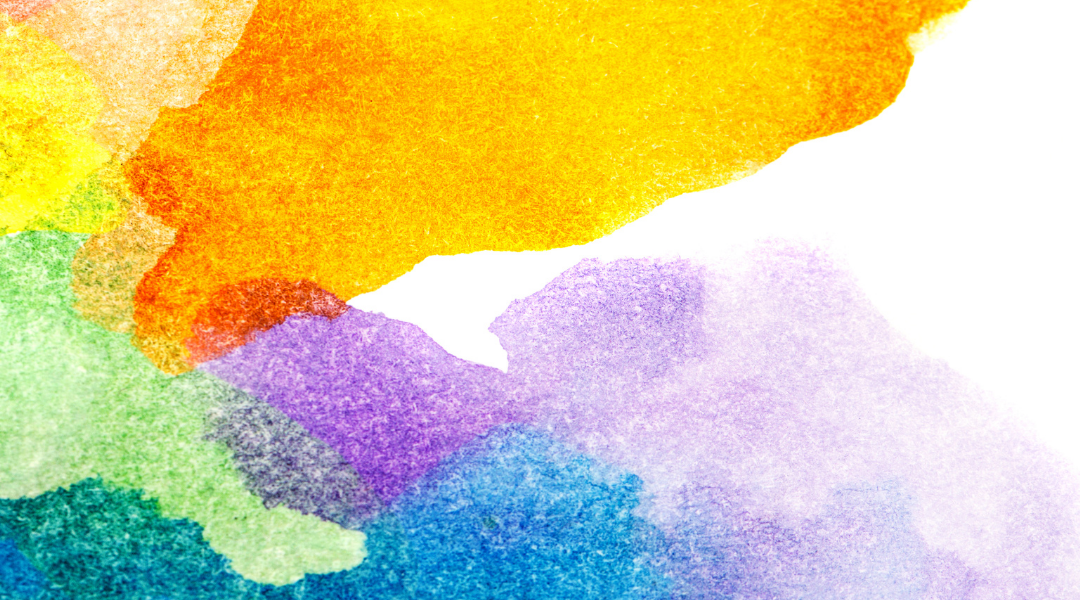As artists, we are forever trying to understand paper. Paper is a common material found in many products and conditions. It is used by people all around the world and, thanks to places like office monster, is constantly available for businesses and individuals to purchase for their various needs. It is versatile, durable, and has the ability to change with the seasons. Watercolour paper has been used for centuries to create stunning microcosms of our world. The paper’s texture, how it holds pigments, translucence, and absorption of light all contribute to the watercolour paper’s unique character, which can be considered an extension of the artist’s hand. The paper is traditionally prepared using clay-based pigment ink, which is applied to the paper with a brush.
What are Watercolour Paper Textures?
Watercolour paper textures is a new medium created by artisans and crafters using a special medium that makes watercolour paper prints look like other materials such as wool, velvet, and even human skin. While drawing on a tablet or a screen can be a quick and easy way of creating your work, sometimes it’s more fun (and more often desirable) to draw on paper. Let’s face it: paper is unique when it comes to drawing. It’s not just about the fact that the medium is enclosed in a solid yet flexible material. It’s the fact that one can make it more flexible (by adding colors, textures, or patterns) and more solid (by adding lines).
Watercolour paper textures are one of the most interesting and useful paper textures to learn about, as they can help you create many effects and styles. They are fairly simple to construct and fairly easy to use. They are great for creating soft or muted effects and are particularly effective when used for abstract designs.
Different textures of Watercolor paper:
• Cold Press
Cold press painting is not just a method of inkjet printmaking. And it is a way of making images that have been around for hundreds of years. Cold-pressed painting is a beautiful, humane way to bring an image to life. The artist grinds the paint using a special tool called a cold press. The paint is then applied to a support and allowed to dry under tension. This method is fast, affordable, and environmentally friendly, with no toxic solvents or harmful chemicals. Papers are a big part of what makes art possible, and for centuries, artists have used watercolour paper, one of the most versatile materials in the world, to create stunning works of art. Watercolours are a form of painting, but unlike oil paints, they are translucent, not opaque, and each colour has its own unique texture that can be used to create beautiful images.
• Hot Press
Watercolour paper has long been an overlooked medium, likely due to its lack of colour saturation and its use in low-resolution artworks. However, this medium has been used in a wide range of work for centuries, and it can be a wonderful tool to help you get a feel for how watercolour paper can affect what you create. Watercolour paper is made from a number of materials, but it all follows the pattern of a fabric. If you know the texture of a fabric, you have a better understanding of the way a watercolour paper texture can work with a different material.
• Rough
You could use anything to create a beautiful painting-like a thick layer of paint or a piece of tinfoil. But nothing beats canvas. The reason is simple: canvas allows you to blend colours and create a wide variety of textures freely. The rough paper texture has been one of the most difficult subjects to master when it comes to watercolour painting. The key is to draw the colour in a way that the paper fibres show through the colours. It sounds hard, but it only takes a little time to learn to get the hang of it.
We all know that watercolour is a popular medium for artists to recreate the beauty of nature. The artists who master the use of the medium of watercolour paper also learn to master texture art. Nature can be beautiful, but it also has rough textures. You can see that nature is composed of 2-dimensional forms like lines and shapes but also has textures. Watercolour paper textures are important to learn because they add a layer of depth to your work. You can use these effects to add interesting effects to your work and create texture and interesting shapes in your paintings. Remember to be careful when using watercolour paper textures.

